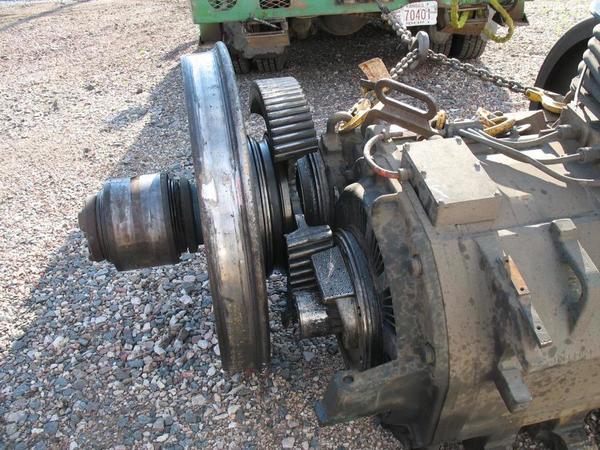I had one e-brake application while running steam with passengers, but my experience was a little different. I was at the throttle of a H K Porter 2-4-0, built from an 0-4-0 saddle tanker. 3 coaches going downhill, coaches first. I was only travelling about ten or 15 mph, with a light application on the coach brakes, basically drifting downhill. We came across a contractor who had no idea how to read a track occupy warrant, and had a 6 to 8" tree across the rails. He was using the rails as a prop to cut up the tree. My conductor on the real platform had a emergency dump valve, but I didn't wait for him to try it. As we came around a curve and the contractor came into view (conductors' view, not mine). The conductor voice started getting faster like a geiger counter heating up. I dumped it and called out the e application on the radio.
In my case, I did bail off the engine brake, because I was already bunched going downhill backwards and I did not went to stretch it out. I closed the throttle. If I remember I think I closed the throttle and dumped the brakes at about the same time, one hand each.
I have to admit I never really thought about opening the throttle during an brake dump in case of a break in two. The track I ran on was mostly 10 mph limit, it just wasn't something we discussed.
Any way that was my experience. The contractor got the track cleared quickly, although one of them apparently dove for cover. the conductor 8n the back may not have been fast with the brake but he was very good with the horn!!






